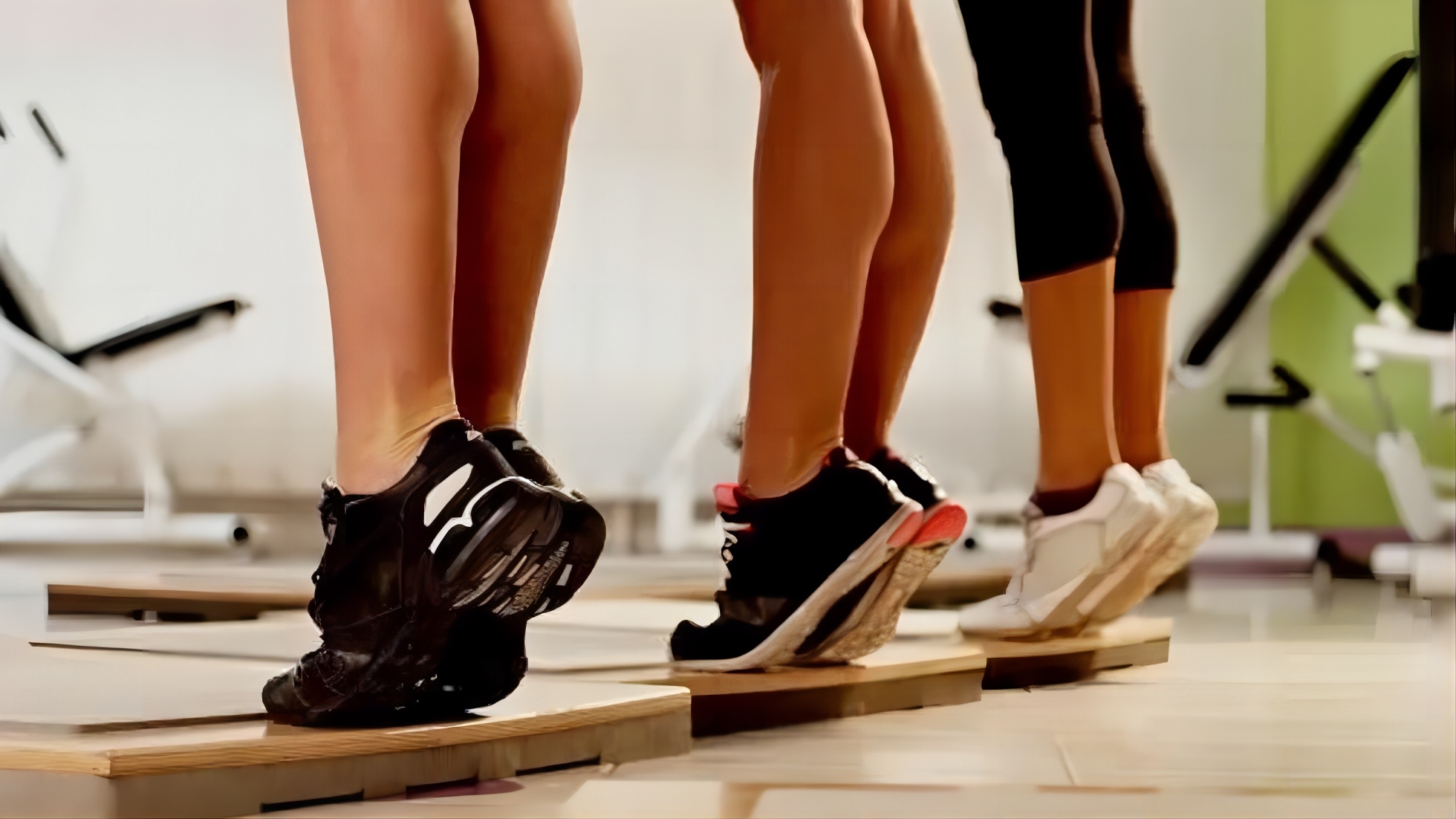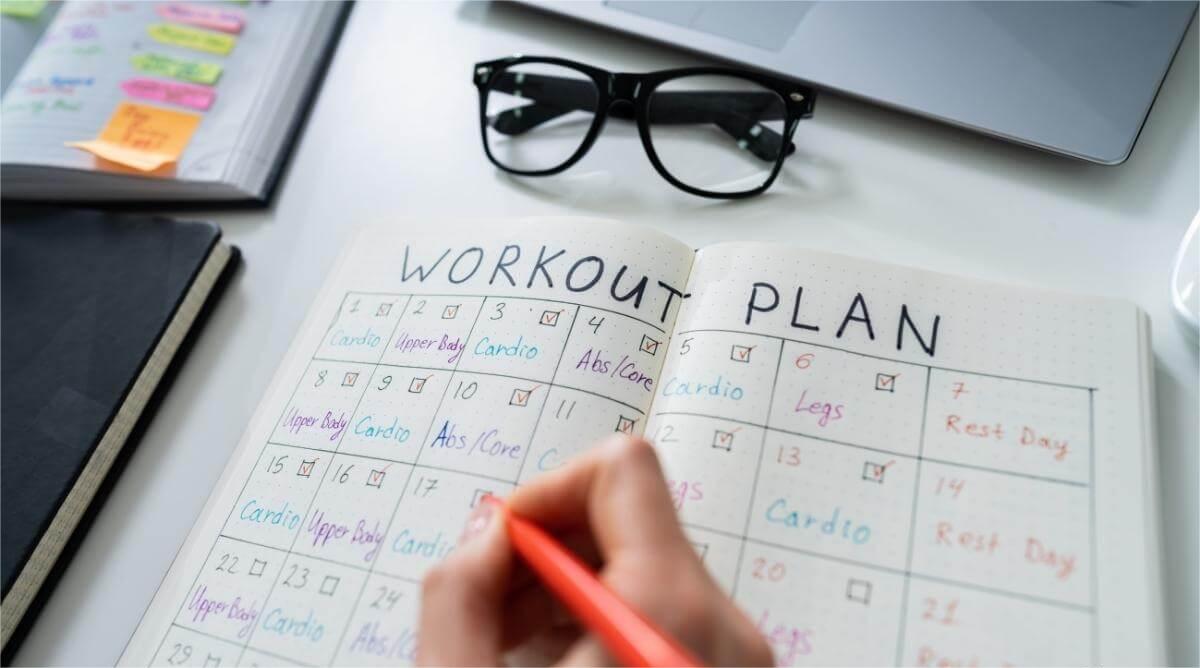Jumping is an important skill for many athletes. This article will provide a variety of ways to improve your vertical jump.
jumping mechanism
Practice your steps before jumping. The energy gained through these steps can create extra upward momentum, but it takes some practice to get the timing and coordination right.
- When doing jumping exercises, take two or three steps before each jump. If you’re doing jump drills for basketball, take a quick step or two along the court as if you’re about to shoot a jump shot. This will engage your fast-twitch muscle fibers, which are necessary for jumping higher.
- Practice jumping with your dominant foot and practice jumping with both feet at the same time.
Practice using the “jump pose.” In the jumping position, your hips should be bent at 30 degrees, your knees should be bent at 60 degrees, and your ankles should be bent at 25 degrees to generate maximum power without injuring your knees.
- Be careful not to let your knees turn inward into a splayed position; your knees should be directly over your second toe. Your hands hang naturally at your sides, and when you jump they lift up and become part of the momentum.
Picture yourself jumping. You don’t need to spend a lot of time thinking before you jump, but it can be helpful to visualize how you will step, take off, and jump toward (or over) the target. You’ll be focused on the series of steps and tasks you’re about to complete, and this focus will ensure a successful jump.
To maximize effectiveness, you should do the following things immediately:
- Use your legs to push your body up and jump off the ground using the balls of your feet.
- Swing your hands up toward the ceiling for extra momentum.
- Breathe out as you perform these movements as if you were lifting weights.
Land on the balls of your feet, bend your knees, and then transition to your heels. This action will absorb the impact of landing.
Strengthen legs
Add squats and deadlifts to your jump training. These exercises can exercise the hamstrings, gluteus maximus, and quadriceps muscles, which are critical for vertical jumps.
- In the gym, you don’t have to worry about maxing out your weight when squatting. Challenge yourself to the maximum weight you can bear, and aim for a set of five to ten reps.
Do jumping squats. Maintain a deep squat position with hands facing outwards. While stretching, jump as high as you can, landing on the balls of your feet.
- Do this twenty times a day.
- To increase the difficulty, try landing on one foot or holding something heavy.
Exercise your calf muscles with calf lifts. The calf muscles are another important muscle group for improving jumping ability. To work your calf muscles, you can grip the raised surface with your toes and use your calf muscles to make small dips.
- You can perform calf raises with one leg, with both legs, or even while seated.
- To increase resistance, you can practice with weights.
Use stretching to improve flexibility. Whether it’s hurdles or basketball, free control of the power leg is very helpful in achieving maximum jumping power. Additionally, if you’re not flexible enough, strength imbalances can limit your ability to jump.
- Stretch your hamstrings and glutes this way: Lie on your back with your legs crossed at the knees and slowly pull the far leg toward you, which stretches the proximal leg.
- Touch your toes. Touch your toes while sitting, touch your toes while standing, touch your toes with your legs spread, and touch your toes with your legs crossed. Stretching the posterior thigh muscles in this way can improve flexibility and jumping ability.
Use plyometrics to improve your jumping power. The purpose of plyometric training is to shorten the time required to go from a resting state to an all-out state.
- Lift 1/3 of the usual weight and jump quickly, doing as many reps as possible.
Tips
- Be wary of those bounce training ads, and do your research before buying anything.
- Don’t overtrain. Jump training is a short burst of high-intensity training, rather than a long period of low-intensity training.
- If you have knee problems, consult a physician before doing any leg or jumping exercises.



